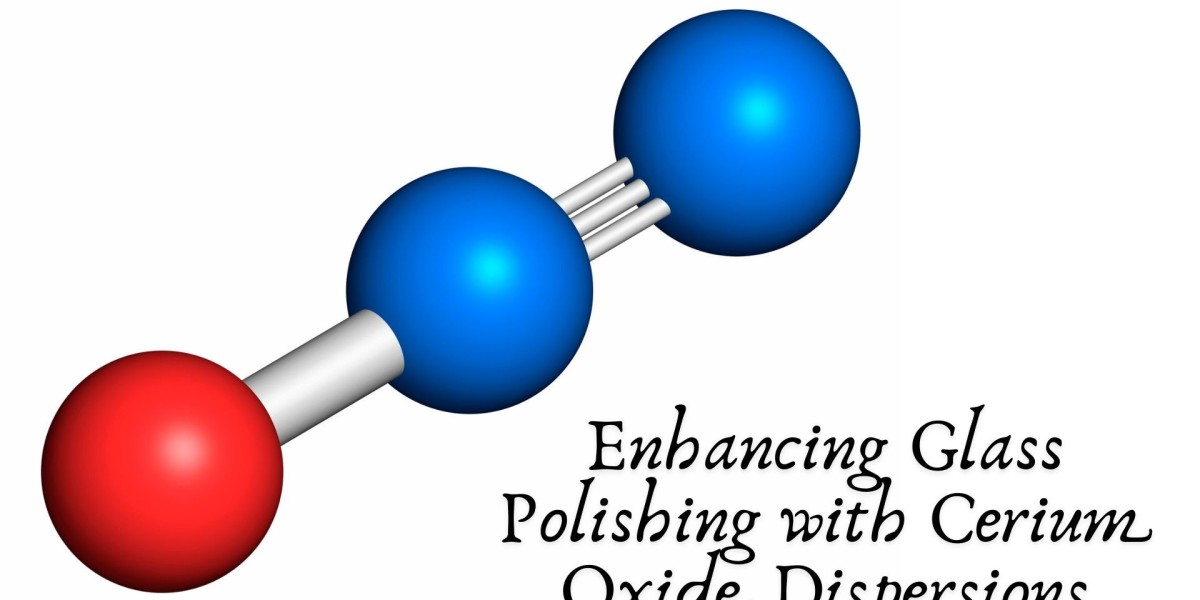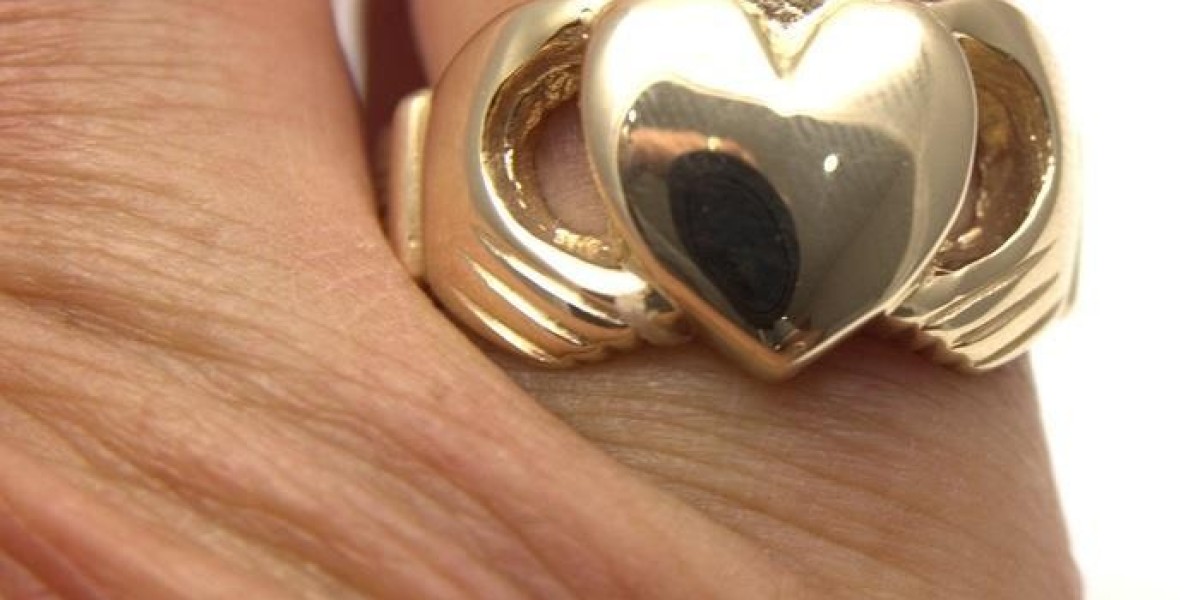Glass polishing is a critical process in manufacturing a wide array of high-precision optical and electronic components, from camera lenses to smartphone screens and scientific instruments. Among the materials used for polishing, cerium oxide (CeO₂) stands out as the industry standard due to its unique chemical and physical properties. The development of cerium oxide dispersions has further elevated the efficiency and precision of glass polishing, offering advantages in uniformity, speed, and surface quality.
This article explores how cerium oxide dispersions are revolutionizing the glass polishing process, the science behind their effectiveness, their industrial applications, and the future of polishing technologies.
Why Cerium Oxide for Glass Polishing?
Cerium oxide is a rare earth metal oxide known for its strong affinity with glass surfaces, especially silica-based materials. Its polishing action is not merely mechanical but also chemical in nature, involving a mild reaction between cerium ions and glass constituents.
Key Properties:
High hardness: CeO₂ is tough enough to polish hard surfaces without scratching.
Chemical reactivity: Facilitates a controlled glass surface alteration.
Selectivity: Targets high spots on the surface, maintaining overall geometry.
These properties make cerium oxide highly effective in producing ultra-smooth, scratch-free finishes required in high-end applications.
The Role of Cerium Oxide Dispersions
Traditionally, cerium oxide has been used in powder form and mixed with water during polishing. However, recent advancements have led to the creation of pre-formulated dispersions—stable colloidal solutions of fine cerium oxide particles suspended in water or other liquids.
Benefits of Dispersions:
Particle Uniformity: Dispersions ensure even particle size distribution, reducing the risk of surface defects.
Improved Stability: Prevents agglomeration, maintaining consistent performance over time.
Higher Efficiency: Uniform abrasiveness leads to faster polishing rates.
Reduced Waste: Pre-dispersed solutions eliminate the need for frequent slurry preparation.
Enhanced Surface Quality: Leads to lower surface roughness and fewer sub-surface defects.
These features contribute to a more controlled and repeatable polishing process, especially in high-precision manufacturing.
Applications Across Industries
Cerium oxide dispersions are now widely used across sectors that demand high-performance polishing solutions.
Optical Components
Precision lenses for telescopes, microscopes, and glasses require impeccable clarity. CeO₂ dispersions help achieve that without introducing scratches or distortions.
Consumer Electronics
Smartphone touchscreens, tablet covers, and camera lenses benefit from ultra-smooth finishes that are both aesthetically pleasing and functionally superior.
Automotive Glass
Windscreens and mirror surfaces polished with cerium oxide dispersions exhibit reduced glare and improved transparency.
Photovoltaics
Solar panel surfaces polished using CeO₂ dispersions achieve better light transmission, increasing energy efficiency.
How Cerium Oxide Dispersions Work
The working mechanism of cerium oxide in dispersions can be attributed to its dual-action polishing behavior:
Mechanical Abrasion: Fine cerium oxide particles physically abrade microscopic surface irregularities.
Chemical Reaction: Ce⁴⁺ ions chemically react with SiO₂ in glass, forming a cerium-silicate layer that can be easily removed.
In dispersions, this action is magnified due to better contact uniformity and improved flow dynamics, allowing for more consistent polishing outcomes, especially when used in automated systems.
Optimization and Formulation Strategies
To tailor cerium oxide dispersions for specific applications, manufacturers consider:
pH Control: Affects the dispersion stability and polishing rate.
Additives: Surfactants, dispersants, and stabilizers are added to maintain suspension quality.
Concentration: Adjusted based on the desired removal rate and surface finish.
Particle Size: Nanoparticles (<100 nm) are often used for ultra-fine polishing.
These formulations are optimized to match the glass type and the level of polish required.
Environmental and Safety Considerations
While cerium oxide is less toxic compared to some polishing compounds, safe handling practices are still essential. Dispersions reduce airborne particulate exposure, which is beneficial for workplace safety. Moreover, advancements in recyclable and eco-friendly dispersion systems are helping to lower the environmental impact of polishing operations.
Future Trends
The future of glass polishing is closely tied to the advancement of cerium oxide dispersions. Expected trends include:
Nanostructured Dispersions: For atomic-level smoothness, especially in semiconductors.
Smart Polishing Systems: Integration of AI and sensor-based systems to optimize dispersion flow and polish pressure.
Eco-friendly Formulations: Water-based, biodegradable dispersions that meet stringent environmental standards.
Hybrid Abrasive Systems: Combining cerium oxide with other nano-abrasives for multifunctional polishing.
Conclusion
Cerium oxide dispersions represent a significant leap forward in glass polishing technology. By delivering uniformity, precision, and efficiency, they are helping industries meet ever-rising standards for surface quality and production throughput. Whether in cutting-edge optics or daily-use electronics, these dispersions ensure that glass surfaces not only look better but also perform better.
As research continues to refine the science of surface interactions and colloidal behavior, cerium oxide dispersions are set to remain at the forefront of innovation in polishing technologies.








